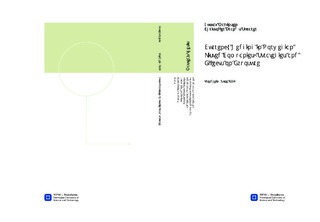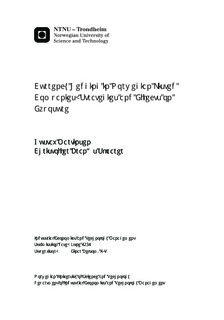| dc.contributor.advisor | Belsom, Einar | nb_NO |
| dc.contributor.author | Martinsen, Gustav | nb_NO |
| dc.contributor.author | Skaarer, Christoffer Branæs | nb_NO |
| dc.date.accessioned | 2014-12-19T14:28:21Z | |
| dc.date.available | 2014-12-19T14:28:21Z | |
| dc.date.created | 2013-06-09 | nb_NO |
| dc.date.issued | 2012 | nb_NO |
| dc.identifier | 626501 | nb_NO |
| dc.identifier | ntnudaim:8243 | nb_NO |
| dc.identifier.uri | http://hdl.handle.net/11250/266177 | |
| dc.description.abstract | We investigate hedging strategies and foreign exchange rate exposure of Norwegian companies in the seafood and offshore support industries. Factor models building on the Capital Asset Pricing Model are used to analyze stock returns. Results suggest that currency exposure is affected both by company specific features and market wide effects, including oil price influence and speculation in the NOK. Systematic factors, surprisingly, lead to negative exposure to depreciations of the NOK for a majority of the firms in the offshore service sector. Hedging strategies, mostly based on forward contracts and debt in foreign currencies, vary significantly between and within sectors. Foreign currency denominated debt is found to be the most effective means to reduce exposure to currency fluctuations. The findings add useful information to financial managers of Norwegian exporters and investors in the Norwegian stock market. | nb_NO |
| dc.language | eng | nb_NO |
| dc.publisher | Institutt for industriell økonomi og teknologiledelse | nb_NO |
| dc.title | Currency Hedging in Norwegian Listed Companies: Strategies and Effects on Exposure | nb_NO |
| dc.type | Master thesis | nb_NO |
| dc.source.pagenumber | 79 | nb_NO |
| dc.contributor.department | Norges teknisk-naturvitenskapelige universitet, Fakultet for samfunnsvitenskap og teknologiledelse, Institutt for industriell økonomi og teknologiledelse | nb_NO |

